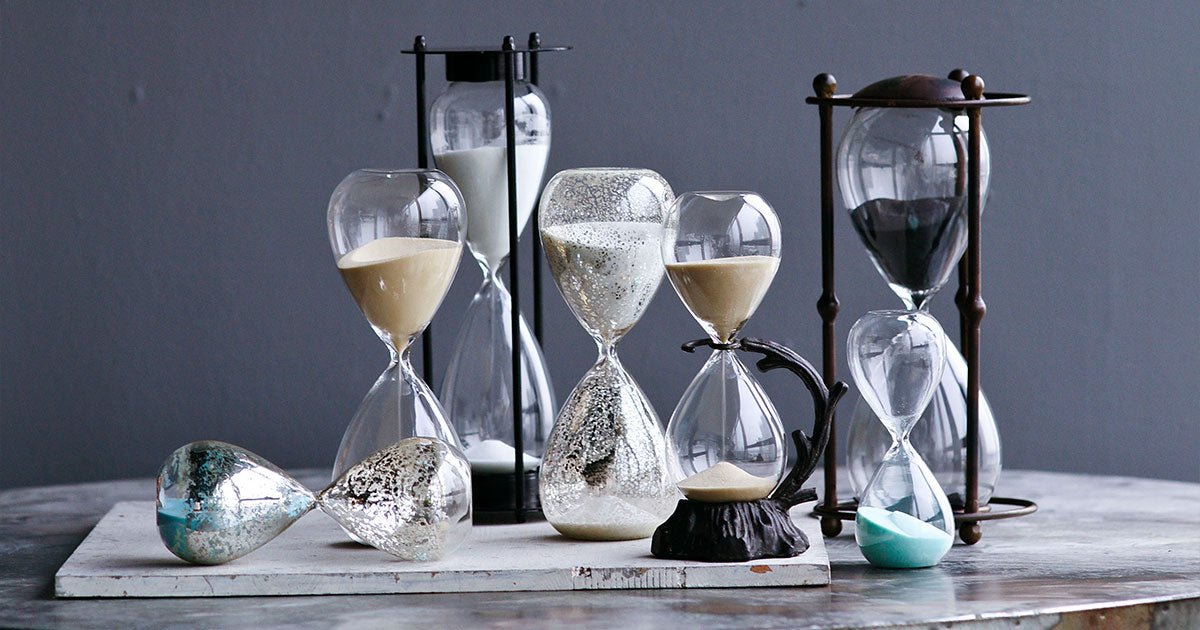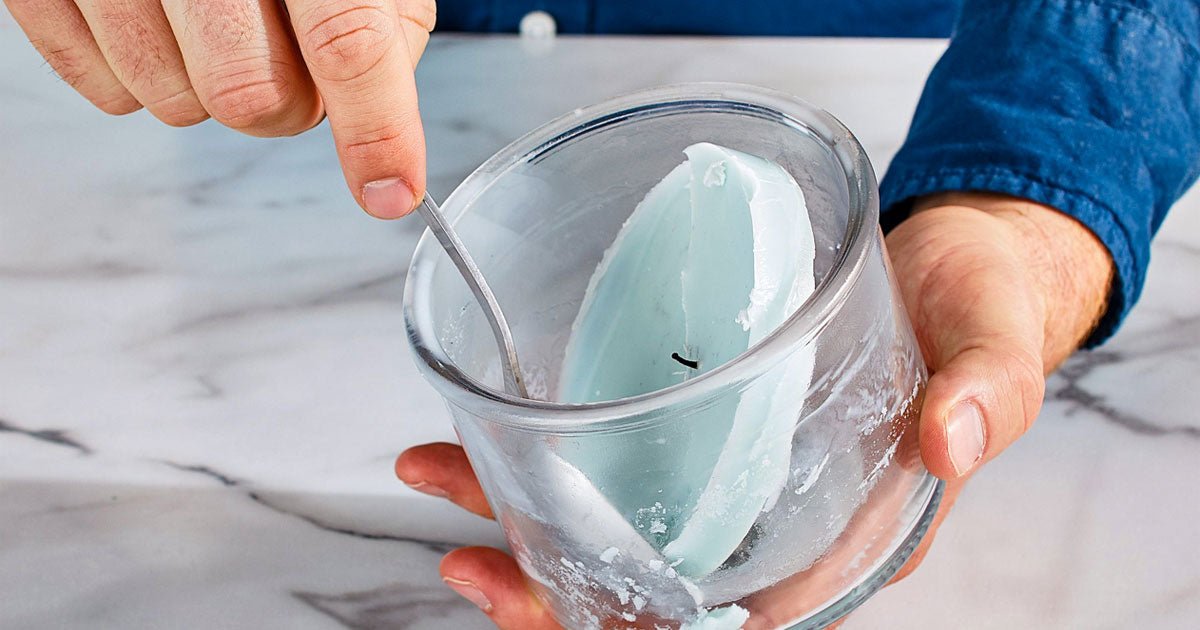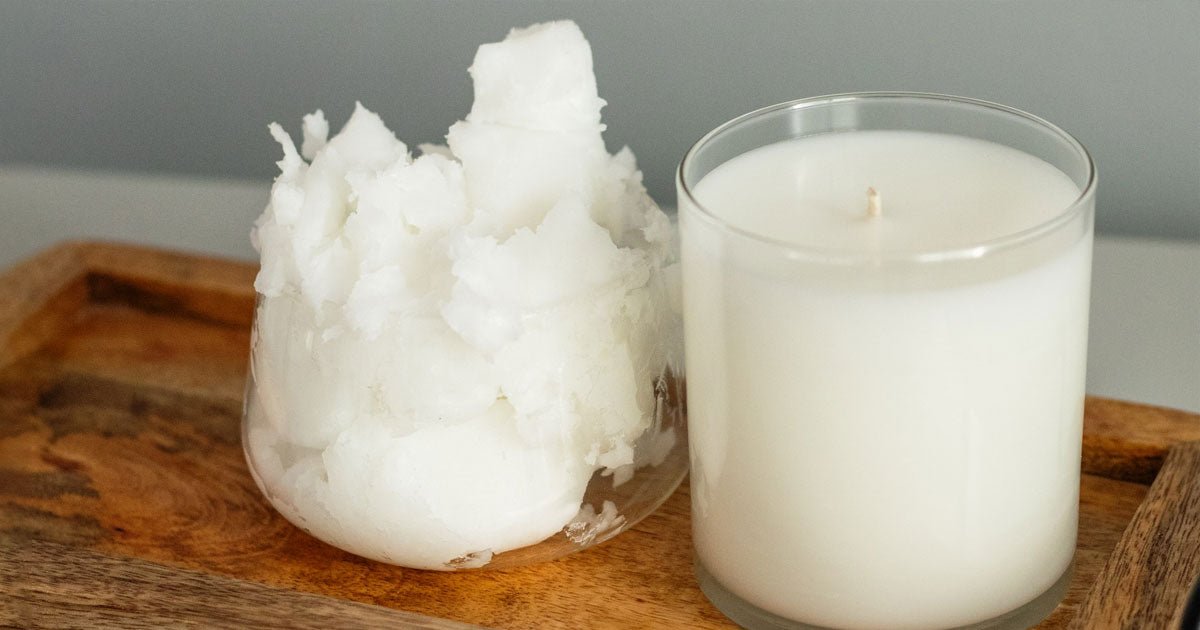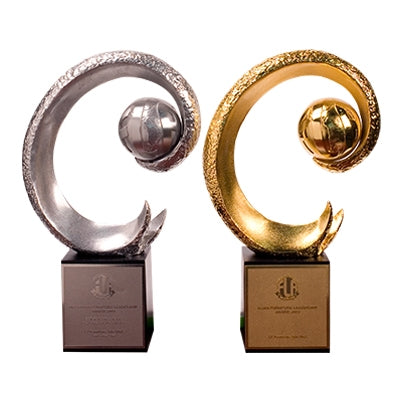The hourglass has also been called a "sand clock". Some people still use hourglasses for games and as egg timers in the kitchen. But the steampunk craze is bringing back the aesthetics of yore and hourglasses are experiencing an uptick of popularity within that subculture. They’re also often used symbolically in artwork and media presentations. The “wait” icon in some computer operating systems is a symbolic use of an hourglass.
Hourglasses have been with us for centuries and have a colourful place in human history.
So, here are ten random facts about hourglasses that will surprise you:
-
Hourglasses are usually made from blown glass that has a bulb at each end, joined by a ‘neck’, that is housed in a frame, enabling it to stand vertically, while the bulbs contain many fine grains, which drop from one bulb to another through the neck.
- Hourglasses are used for time measurement, from minutes to hours, and even a year, and when the top bulb is empty, time is up.
- The time an hourglass measures can be altered by changing the grain type, the grain amount, size of the bulb, size of the neck and the quality of the grains.
-
The first hourglass, or sand clock, is said to have been invented by a French monk called Liutprand in the 8th century AD. Arriving just in time for the “Age of Discovery”, the hourglass was ideal for ocean travel because the bobbing waves didn't affect its accuracy.
- Hourglasses replaced waterclocks, as they did not spill in sudden movements or evaporate, condensate, or freeze, at certain temperatures like the waterclocks (clepsydra) were prone to do.
-
Hourglasses were favoured on ships, due to their ability to keep accurate time, despite the rocking of the vessel, and churches and households, for timing of events and cooking respectively.
- The first versions of hourglasses had bulbs that did not attach with a neck, but instead were joined together by cord and wax.
-
Hourglasses in the modern era, are more commonly used for decorative purposes or timing something, such as cooking eggs or tasks in a board game, that do not need exact time measurements.
- Hourglass ‘sand’ is often not real sand, but rock dust, marble dust, silica or fine glass beads, and the grains flow better when they are completely round, so angular grains are avoided.

















